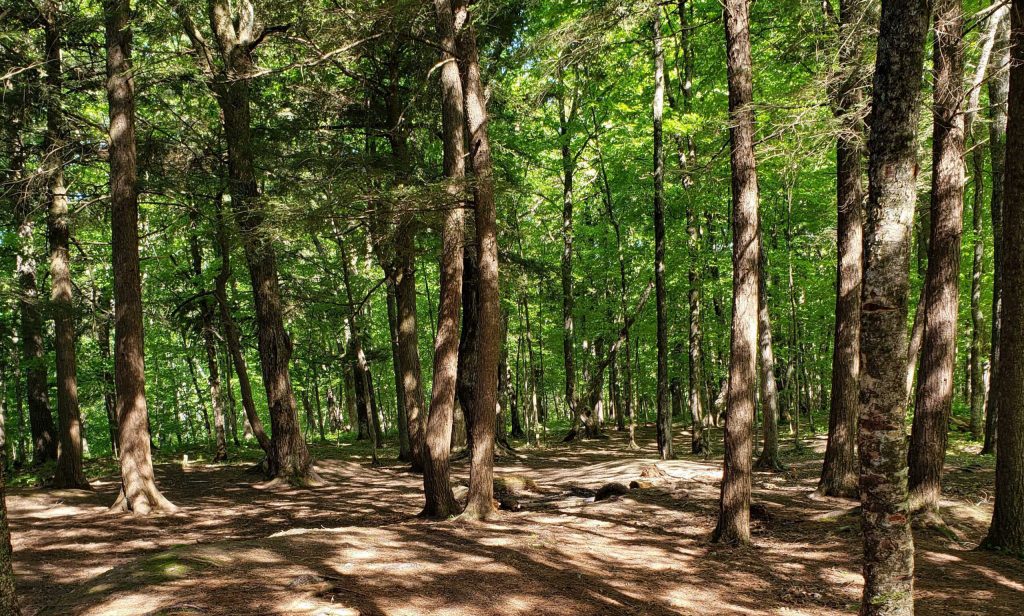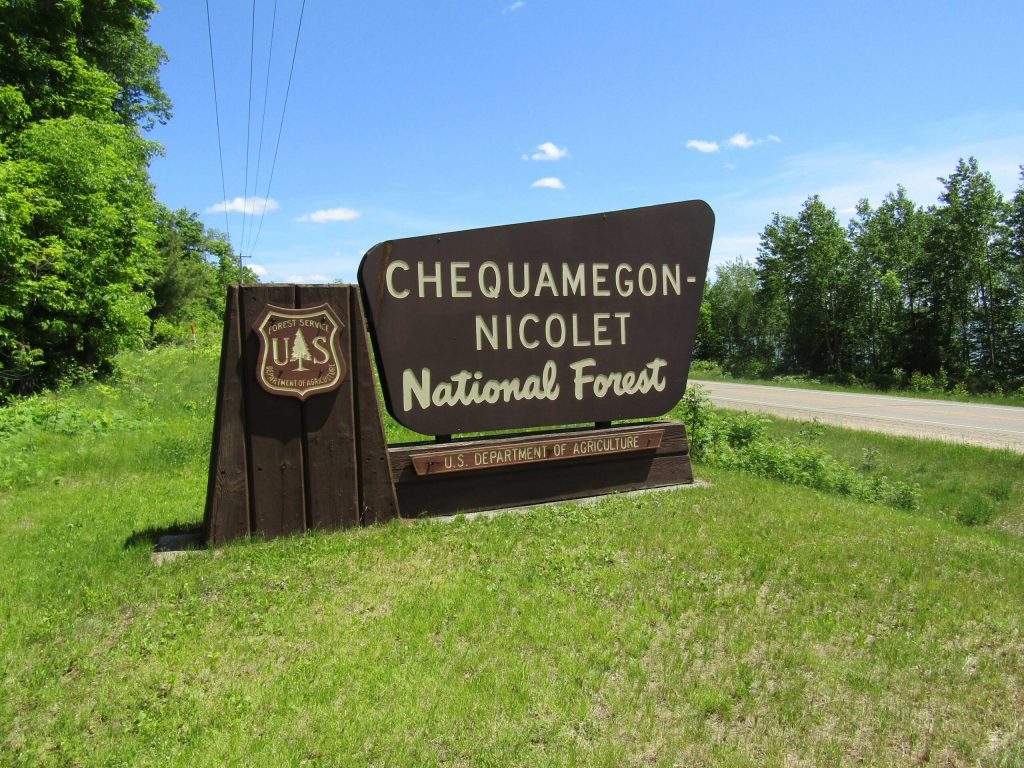New Plan Would Reduce Logging in National Forest in Northern Wisconsin
Environmentalists say the plan doesn't go far enough while industry says no action is needed
Some Wisconsin groups are urging the Biden administration to do more to protect mature and old-growth forests under its proposal to conserve those trees as logging interests are pushing back against changes.
The U.S. Forest Service released a draft environmental impact statement of its plan to conserve older forests and limit logging, but the agency stopped short of a ban on logging old-growth forests. The Forest Service proposal would revise plans for 122 national forests, including the Chequamegon-Nicolet National Forest in Wisconsin.
In recent comments, groups like Sierra Club Wisconsin and the Environmental Law and Policy Center, or ELPC, are calling for an end to logging old-growth trees. Cassie Steiner, senior campaign coordinator with Sierra Club, said there’s a very small portion of those forests nationwide.
“The value that these older trees have, and these areas that have a healthy mix of ages of trees are so precious, and the current amendment would allow for harvesting in these areas,” Steiner said.
Environmental groups say the forests are crucial for storing billions of tons of carbon for decades or centuries. An initial inventory identified around 24.7 million acres of old-growth and 68.1 million acres of mature trees on national forest lands. That represents roughly 17 percent and 47 percent of the nation’s forests.
In Wisconsin, logging advocates say there’s no need to conserve old-growth trees in the national forest outside the normal planning process, including Henry Schienebeck, executive director of the Great Lakes Timber Professionals Association. The group’s members represent 14,000 workers in Wisconsin and Michigan.
Around 864,000 acres or more than half of the Chequamegon-Nicolet National Forest has been deemed suitable for timber production, according to the forest’s plan. About 11,000 to 12,000 acres are harvested each year.
The forest products industry has a $37.8 billion economic impact in the state. The Wisconsin Council on Forestry also expressed concern about a one-size-fits-all approach to managing national forests.
“(A)n increase in a hands-off tactic to managing our local national forest lands could jeopardize our state’s forest industry, our local economies, and our ability to maintain vigorous, resilient forest ecosystems considering threats from insects, diseases, altered wildfire dynamics, and shifts in temperature and precipitation patterns,” the council wrote.
In Wisconsin, the Chequamegon-Nicolet National Forest is estimated to contain around 61,000 acres of old-growth trees or roughly 4 percent of its 1.5 million acres of forestland.
Andy Olsen, senior policy advocate with ELPC, contends there are many more areas within the national forest that contain old-growth trees.
“What we’re seeing right now is that Chequamegon-Nicolet is aggressively logging old-growth to mature trees,” Olsen said.
The Forest Service did not respond to requests for comment. An agency spokesperson told WPR in February that the Fourmile project is being managed in line with the forest’s plan, adding that no timber harvests were planned in areas it defined as old-growth forests.
As work on changes to forest plans is ongoing, the agency said it continues to address goals of the Fourmile project, which includes reducing hazardous fuels and increasing the area’s resilience to disease and drought.
In June, the Forest Service released an analysis that found wildfires, insects and disease are the leading threat to mature and old-growth forests. The Great Lakes Indian Fish and Wildlife Commission, which represents Ojibwe tribes in Wisconsin, is asking the agency to incorporate Indigenous knowledge and conduct more consultation to consider those threats, as well as the effects of logging.
“For Tribal communities and economies to thrive, a consistent approach to management of old-growth forest with sufficient distribution, abundance, and ecological integrity (composition, structure, function, connectivity) must guide land management plans,” the commission wrote in comments.
Schienebeck said forests should be managed and harvested because wood products will store carbon, but Olsen said the industry is exaggerating those benefits.
The Forest Service will consider comments as it develops a final environmental impact statement on the agency’s proposal, which is set to be completed this winter.
Environmental groups and industry at odds over plan to conserve old-growth forests was originally published by Wisconsin Public Radio.
If you think stories like this are important, become a member of Urban Milwaukee and help support real, independent journalism. Plus you get some cool added benefits.




















